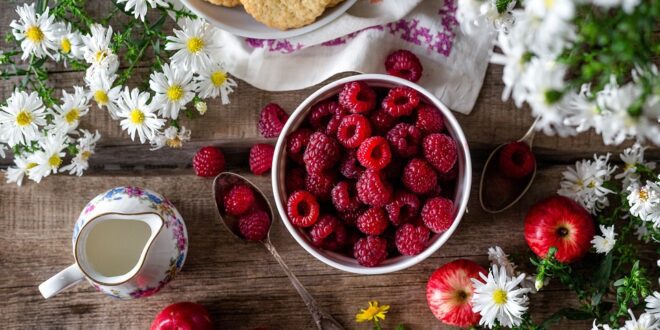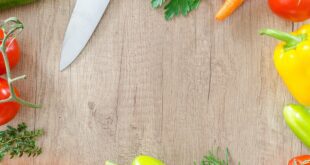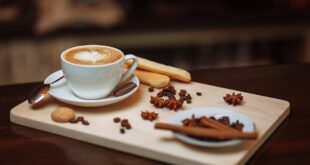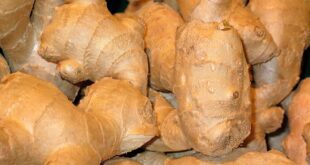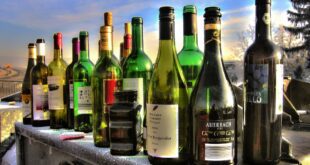Capturing The Perfect Plate: How To Master Food Photography
Food photography is all about capturing the beauty of a dish- the colours, textures, and presentation. Whether you are a food blogger or just someone who loves to cook and share food photos, it can be challenging to create a picture-perfect plate that does justice to what’s on offer. So, let’s delve into some tips that will help you take your food photography to the next level!
The Art of Lighting and Angles
The key thing to remember is that great food photography relies heavily on lighting and angles. Interesting angles add depth and a unique perspective to your imagery. Don’t be afraid to play around with different heights- Try to capture side angles, from above, long shots, close-ups, and everything in between.
As for lighting, the perfect shot relies heavily on creating an atmosphere that captures the mood of the dish. It’s preferable to have natural light rays falling on the plate instead of harsh or direct sunlight which can cast an unwanted shadow over your food. Also, Consider shooting beside a window or outside to grab plenty of natural light to set the scene for a perfect shot; later adjustments in software can give great assistance in post-production.
Understanding Textures and Presentation
Textures play a vital role in food photography; focus on highlighting the texture of food. For instance, ridges on chocolate desserts, uneven spiciness on chicken, dripping syrups on pancakes – single out an engaging element to be the center of attention. To capture the finest detail, ensure that there’s enough contrast between the surface textures and the rest of the photo. Your lens should capture every noteworthy detail of your picture-perfect dish.
Presentation matters! Its where neatness counts, pay attention to small details like messy drips or dirty utensils – this can instantly take away the appeal from the image. Let the plate ingredients’ core element be in focus to give the photo an idea of size and abundance, avoid overcrowding with too much garnish and cutlery.
Editing for Style and Colour Burst
Editing helps in taking a good food image a step better. As smartphones & cameras get better with camera sensors, it is usual to shoot in RAW format for later color correction, exposure adjustment, and stylistic look. These tweaks can make a significant final difference in turning an Oke image to perfect. A good edit helps in adding an artistic and wholesome vibe to the image with spot to retouch aimed to crop, remove noises or skin blemishes.
Colour! Looks yummy in person, however replica might just come off wrong shades as captured. An ample amount of careful adjustments using editing software complement a constantly well-lit photo, giving the dishes’ colours to ‘pop,’ and finally, add vibrancy to your picture. Complex editing doesn’t need to be done as minimal adjustment on contrast, saturation, and exposure gets the colors correct-eyed seeking.
The finishing touches: Storytelling with props
Lastly, complementary tools or paraphernalia, if must, should immensely enlarge simplistic or straightforward shots. Go for extras, see them as the icing on your plated dish. Science demonstrates that our senses show an improvement when given visuals; hence it would not be reasonable to shoot boring-looking plates.
Play around with diverse garnishes, allow something catchy like colourful stainless steel containers, neon-color baskets or decorating chopsticks sitting conveniently beside the plate, giving the photograph the final tinge of creativity-denoting originality to capture the taste buds of viewers.
With these tips, there’s little you can’t do towards creating a perfect culinary art. Remember to invest in quality lighting, textures, layers – and give explicit attention to servings as with extra accessories to spice things up. Finally, with colour adjustment tips in post-production, your audience would seek culinary craving with Photo-perfect plates. Always portray the final tasty dish with meaning!
 Mind Uncharted Explore. Discover. Learn.
Mind Uncharted Explore. Discover. Learn.
